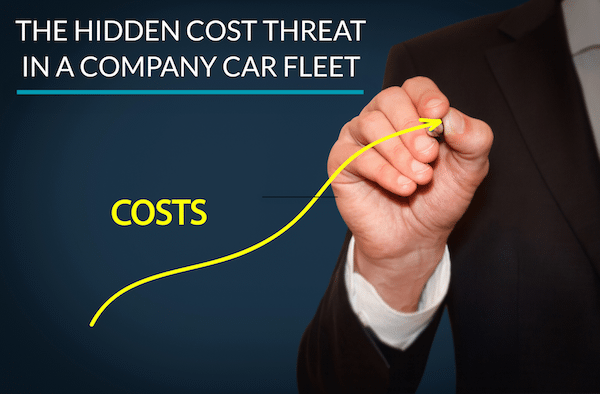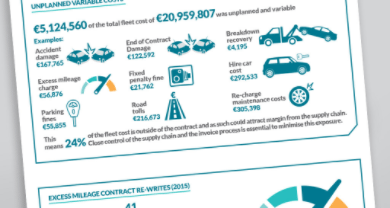
24 Apr The Hidden Cost Threat in a Company Car Fleet
Creating a water-tight contract at the beginning of the supply agreement is one of the most important things any fleet stakeholder will do when dealing with fleet. We can say this with absolute confidence as we know what happens when car fleets mature and morph from their original formation.
The nature of our business means we collate and analyse heaps of data. We collect data from all areas of the car fleet supply chain and are perfectly positioned to analyse this data and see what it tells us. And one of the most startling things is the potential for massive cost creep if the initial contract is not sealed water-tight. It is quite normal to assume that there will be some degree of flux within a contracted fleet and quite natural to expect some out of contract costs to develop over time. However, our analysis tells us the extent to which unplanned, variable spend can influence the contract cost.
We looked at the data of a pan-european company operating a large car fleet across many countries. We gathered the data from the last 5 years of their car fleet operation and ran it through our systems to determine the nature of the data. We looked at nearly 20,000 invoices and over 1.6m individual cost lines. The most telling revelation was the amount of unplanned variable cost, relative to the total cost of operating the fleet: almost 1 in every 4 euros spent on the fleet was outside of the original contract.
These findings are significant, as costs that are outside the original contact are, by nature, unplanned and variable. Because they are not influenced by contractual terms they can attract margin from the supply chain, contributing significantly to the cost creep of the contract. And when 25% of the total cost of operation is an unplanned cost, it reinforces the need to create contracts that capture these costs and restrain the potential for them to be manipulated to the benefit of the supply chain.
These out-of-contract costs come from a number of sources. One of which is the cost of running out-of-contract vehicles. All vehicles are introduced to the fleet under contractual terms that control the cost of operation. However, once the contractual term of a vehicle has expired, and the vehicle remains in the fleet, it becomes an out-of-contract cost that can often attract punitive charges from the supply chain. If only a small number of cars happen to be running on out-of-contract terms then it is entirely manageable, however, our research discovered a very different and worrying scenario.
View our infographic here to see the results of our research
Back to Blogs Back to Case Studies List


Sorry, the comment form is closed at this time.